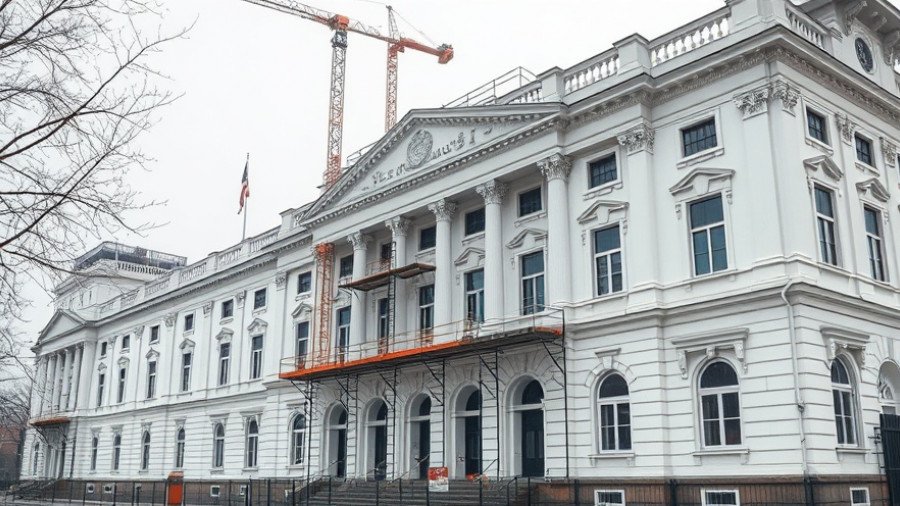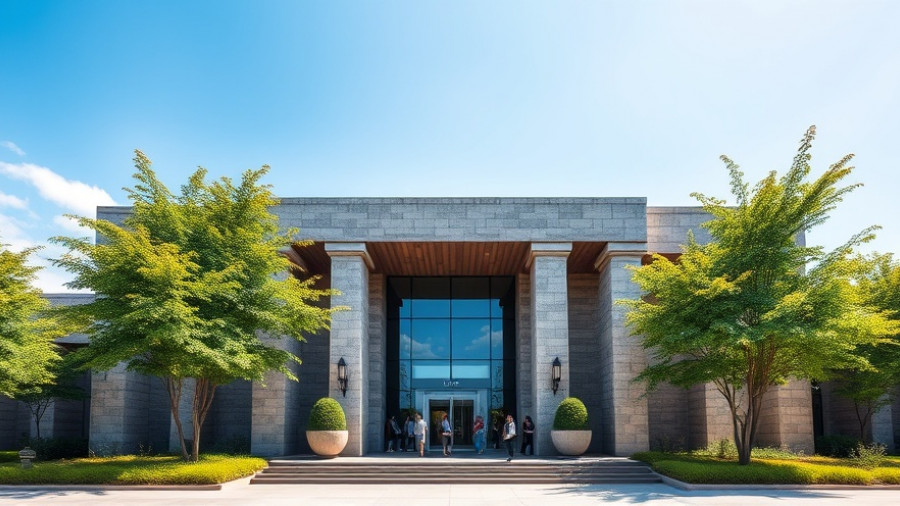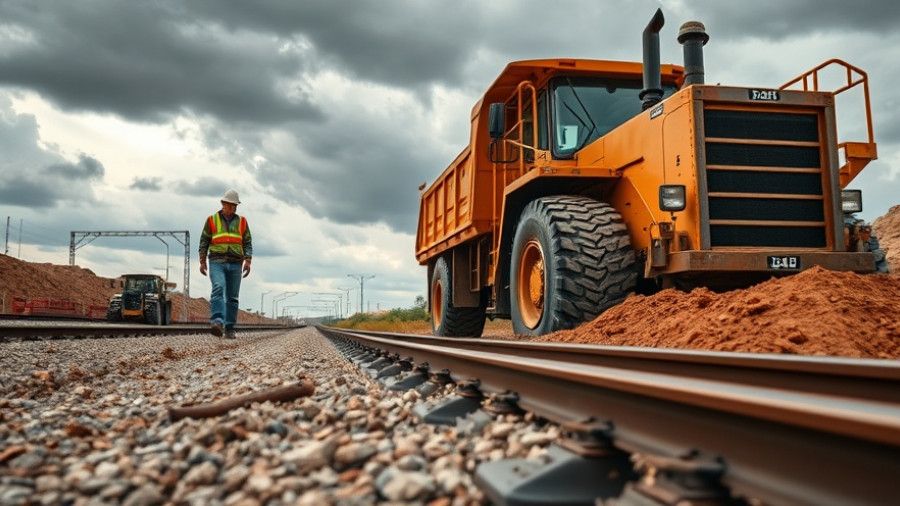
A Surge of Major Contracts: A Booster for the Construction Industry
As we step into the final quarter of 2025, the construction industry is witnessing a significant upswing in project awards, indicating a resilient recovery despite earlier economic fluctuations. Notable wins include a $600 million Arizona highway project, a sizable $1.5 billion sports venue in Philadelphia, and a segment of the monumental $550 billion U.S.-Japan AI infrastructure initiative. These projects aren't just numbers; they symbolize opportunities for contractors and developers alike.
Understanding the Landscape of New Awards
In October 2025, a range of crucial projects were announced, showcasing the industry’s capacity for innovation and adaptation. For instance, the Arizona Department of Transportation has greenlit a fully funded $600 million highway upgrade on Interstate 10, set to remain insulated from federal budget uncertainties. This project highlights strategic government investment in infrastructure as a means to bolster economic activity.
Meanwhile, Birmingham, Alabama-based Brasfield & Gorrie has been awarded a $398.5 million contract for a multi-phase renovation of the renowned Ben Hill Griffin Stadium at the University of Florida, exemplifying the blend of public and educational infrastructure investments. Such projects do more than just create jobs; they revitalize local economies and reinvigorate community identities.
Strategic Insights from Recent Developments
The collaboration between Turner and AECOM on the Philadelphia arena is particularly telling of current construction trends. The $1.5 billion facility will serve as a shared venue for the NBA's Philadelphia 76ers and the NHL's Philadelphia Flyers, revealing a larger movement toward multifunctional spaces that cater to varied community needs. The trend emphasizes a shift from single-use architectures to integrated spaces enhancing community engagement.
Furthermore, major players such as Bechtel and Kiewit have secured a fraction of the $550 billion U.S.-Japan AI infrastructure project, focusing on advanced technologies like data and power systems. This endeavor signifies how infrastructure investments increasingly lean towards high-tech solutions, aligning the construction industry with digital transformation trends.
Impact on Business Owners and Property Developers
For business owners and property developers, the recognition of construction as a vital economic driver is essential. These new contracts not only foster competitive benchmarking but also highlight sustainability as a core component of modern construction. For example, the emphasis on water reclamation and eco-friendly projects such as Burns & McDonnell’s $80M Texas job reflects an industry-wide pivot towards long-term environmental accountability.
Future Predictions for Construction Trends
The optimism surrounding these awards offers valuable insights for those engaged in construction and facility management. As contractors report wins, it is clear the focus is shifting towards sustainable practices and long-lasting infrastructure. Future project awards will likely prioritize not only the economic viability but also the ecological impact, driven by stakeholders increasingly demanding green alternatives.
The recent Holcim Foundation Awards spotlight durable and sustainable strategies that set benchmarks for future construction. These awards emphasize the need for creative solutions addressing climate change, which could become the new norm rather than just an initiative among few. Winning projects demonstrate a broad reach across various sectors, including urban design, energy efficiency, and cultural integration—factors that are becoming significant to achieving project funding and cooperation.
Key Takeaways
For C-level executives and property developers, understanding these industry trends is vital. Leveraging this knowledge for strategic investments means not only capitalizing on existing projects but also preparing for upcoming challenges in infrastructure development. By aligning with emerging trends such as AI and sustainability, stakeholders can ensure their investments are future-proof, ultimately enhancing their competitive stature within the market.
The journey toward integrating sustainability with economic feasibility is just beginning. Thus, there is an opportunity for a thoughtful reevaluation of current strategies. Stakeholders can leverage the insights gained from recent project awards to inform their choices, ensuring they are aligned with the evolving demands of the industry.
 Add Row
Add Row  Add
Add 




Write A Comment